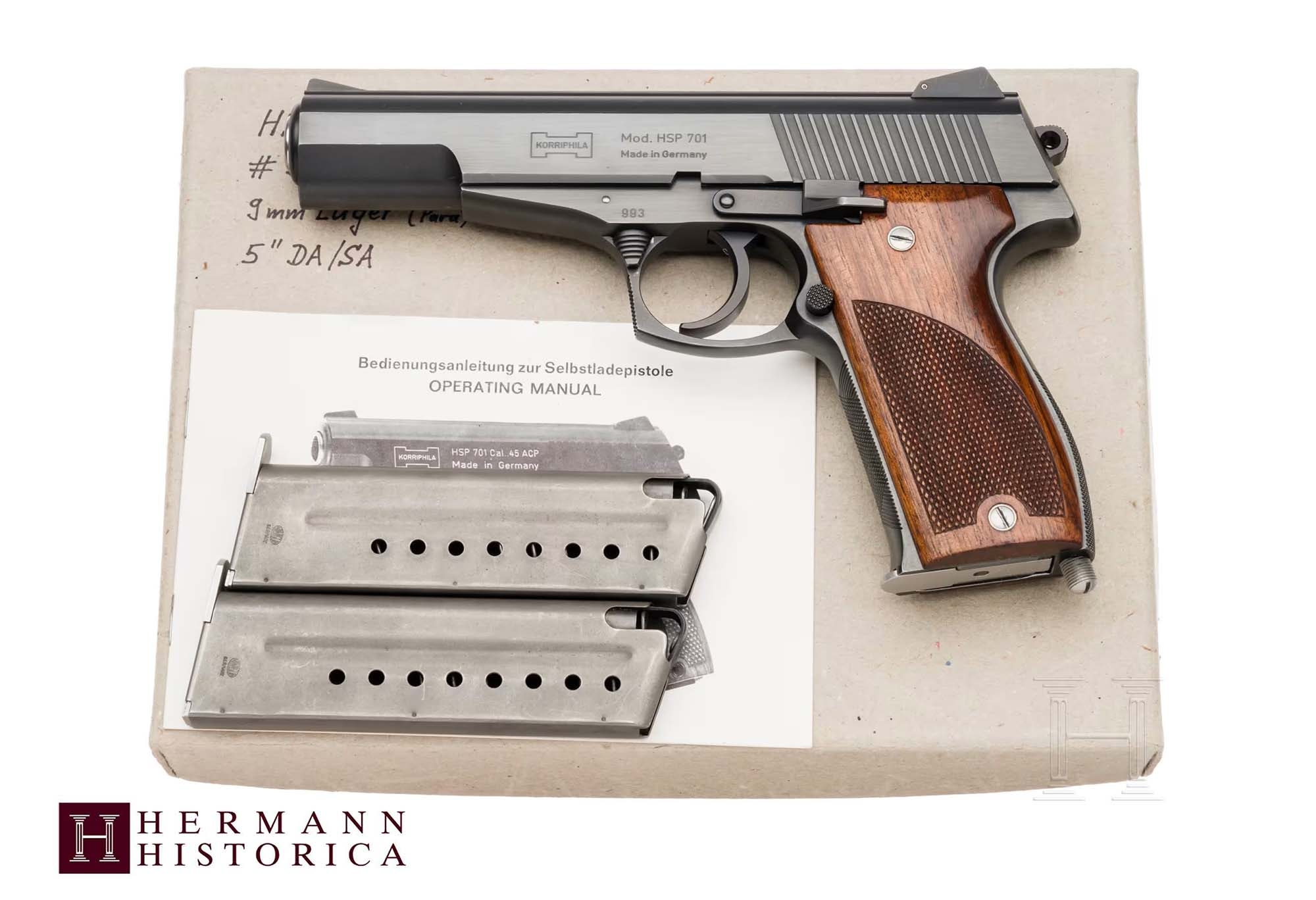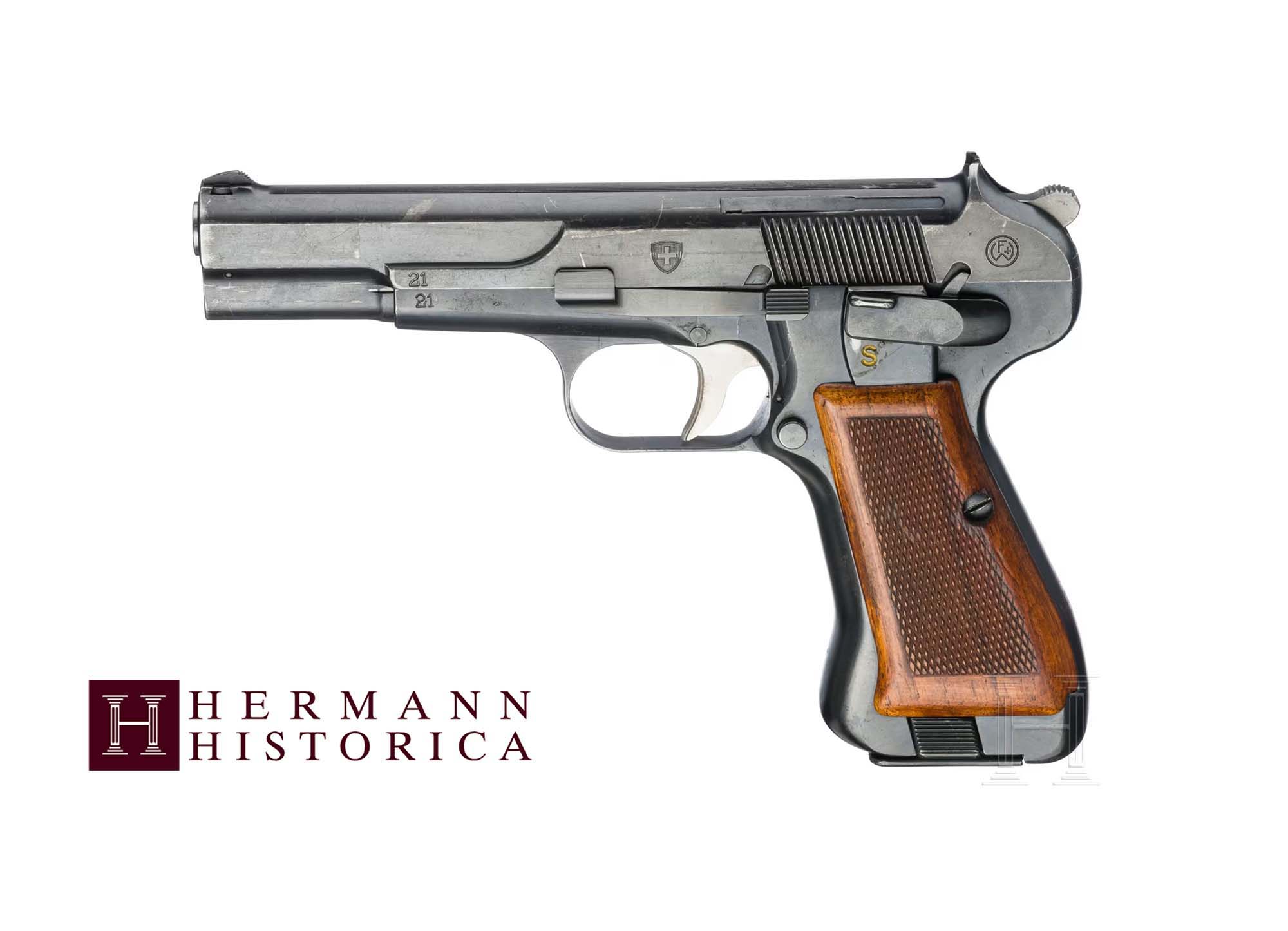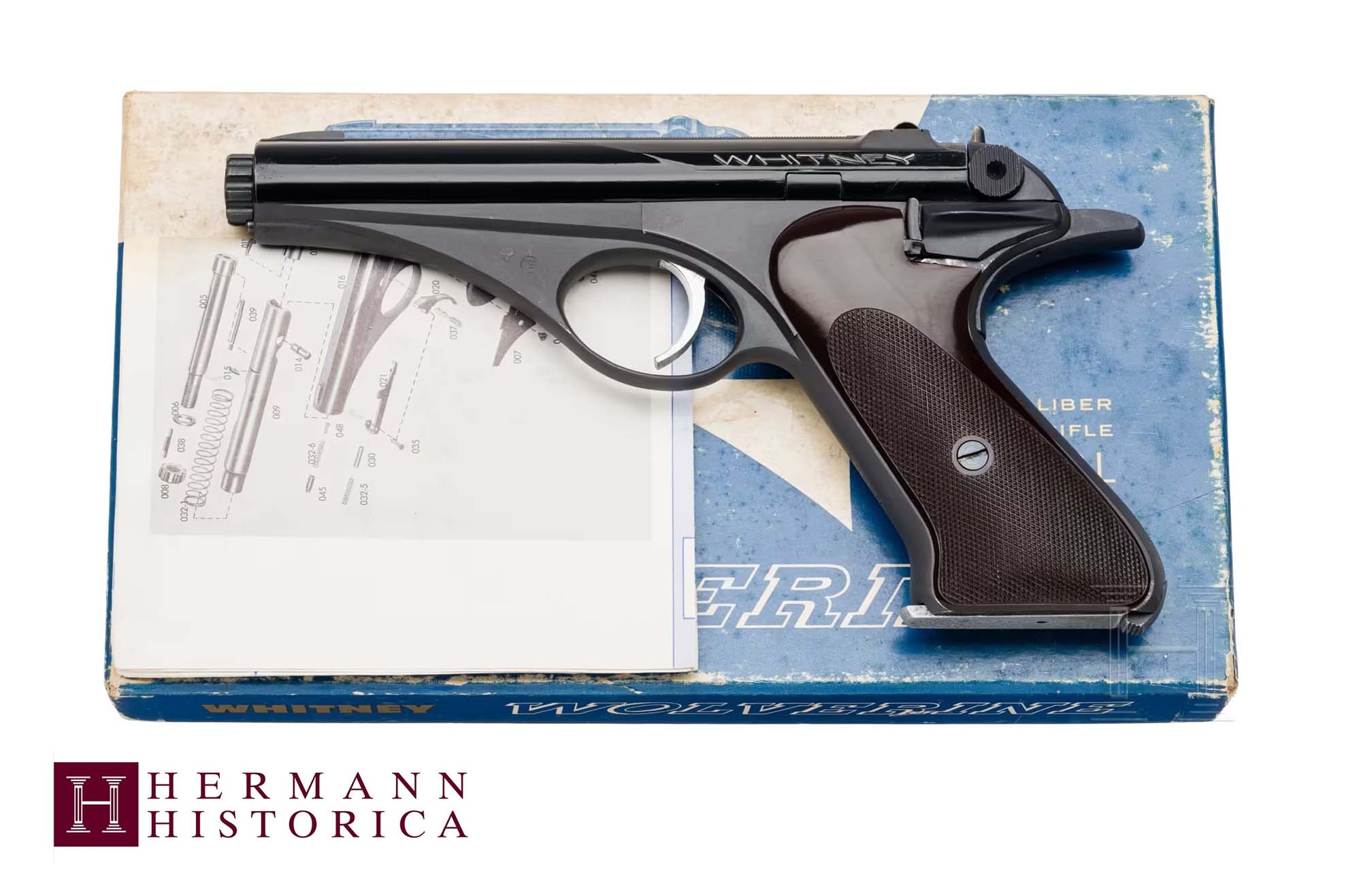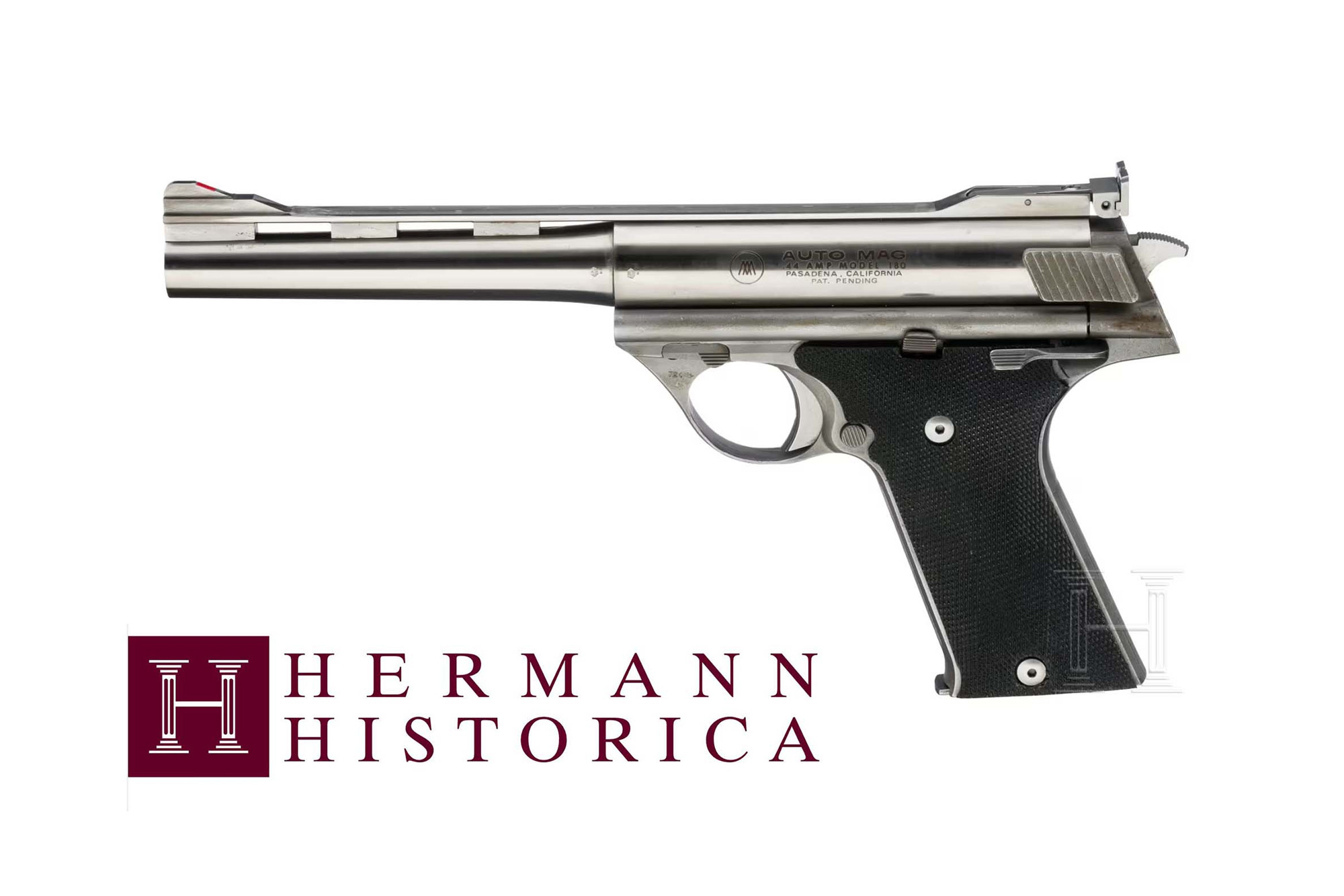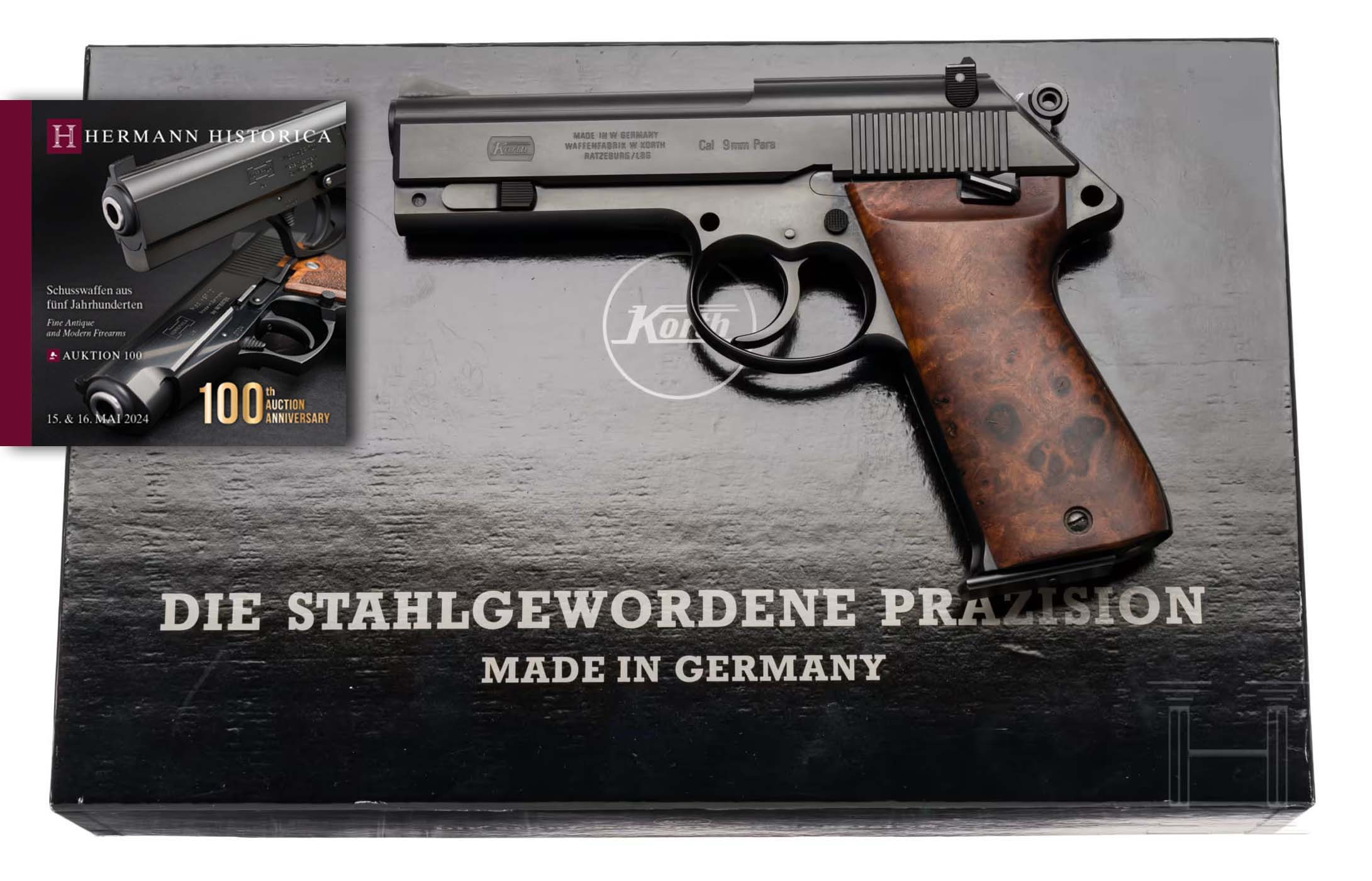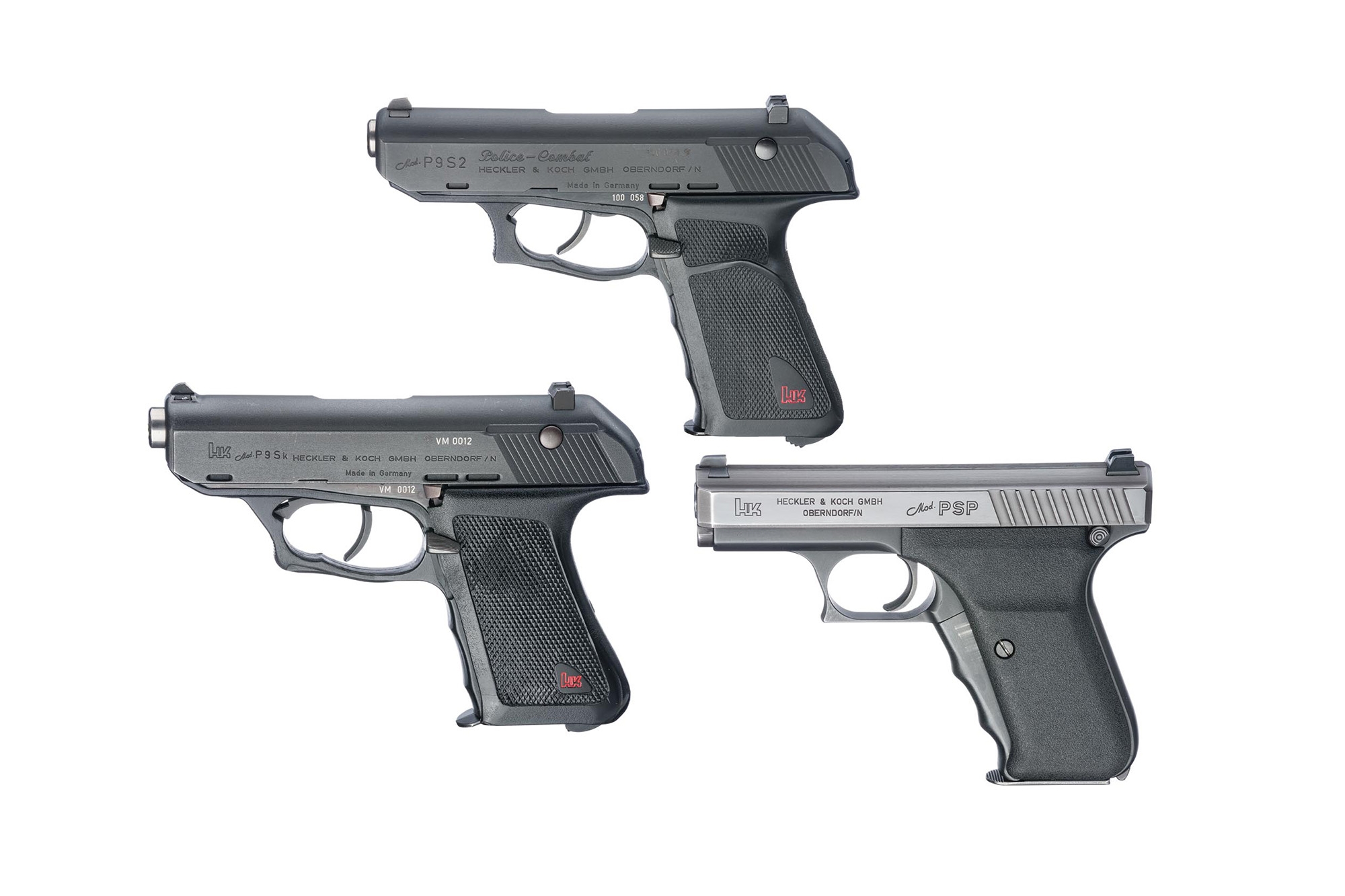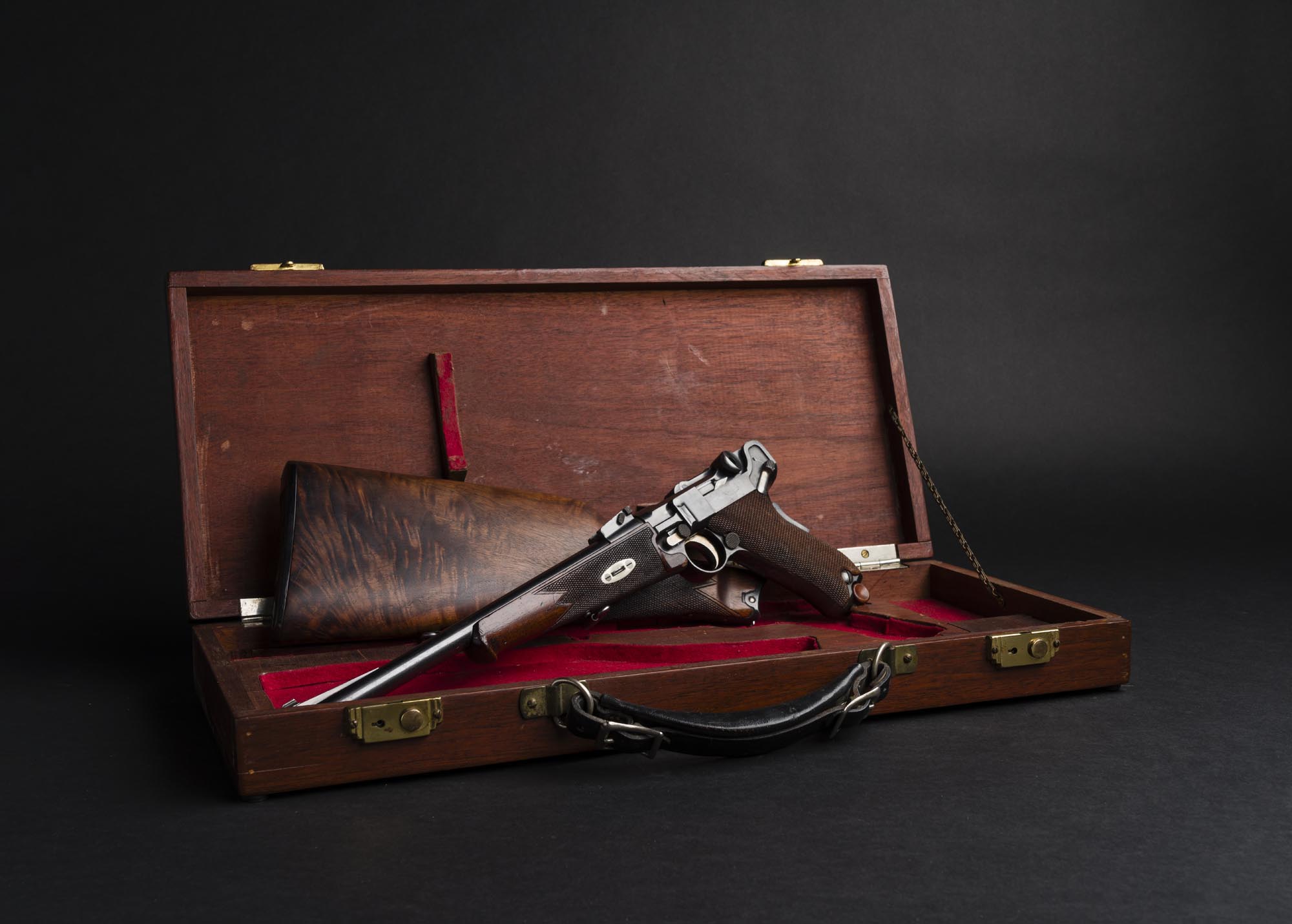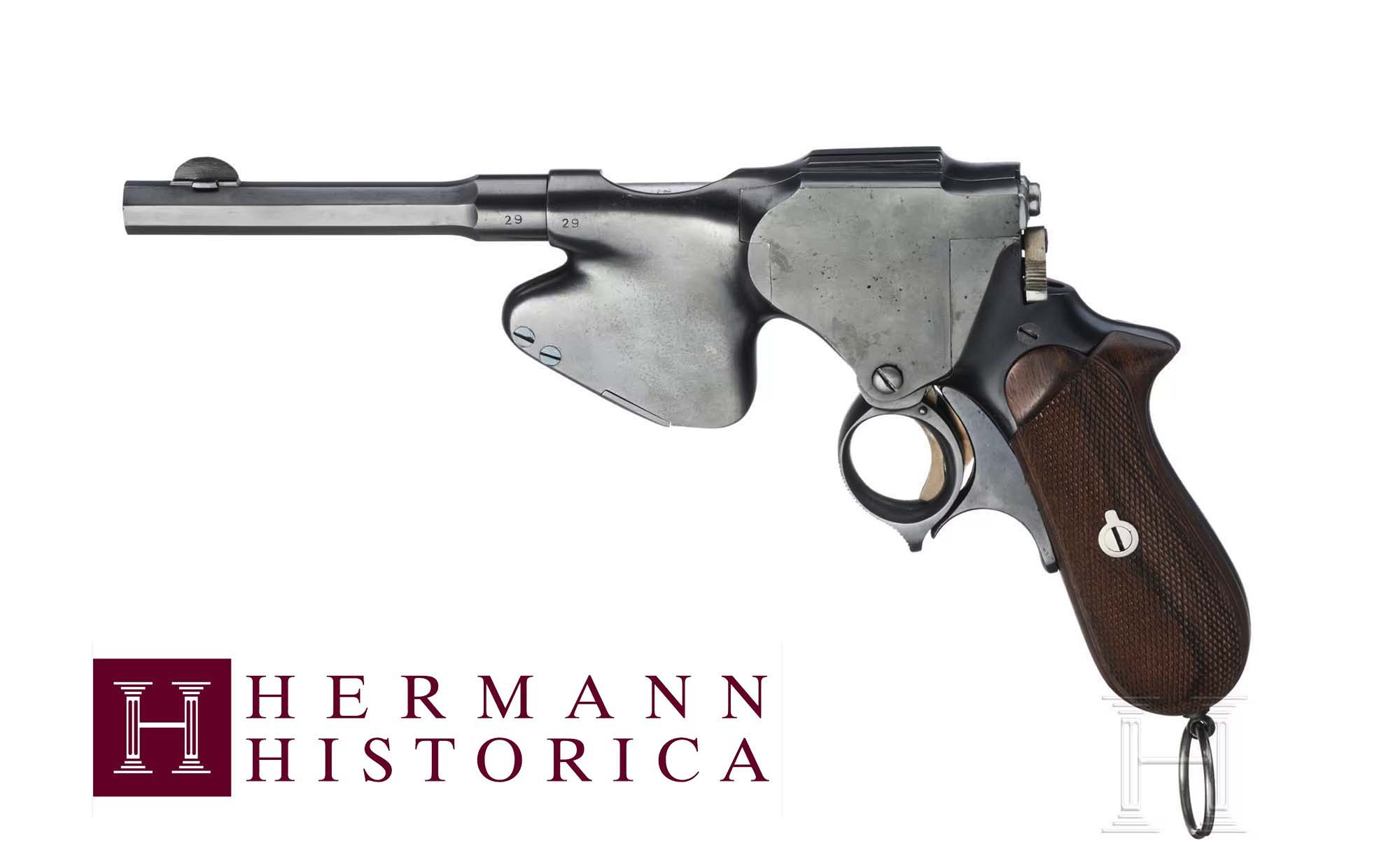It is voluminous, it is heavy and it costs something – but it is always worth more than you paid for it. The auction catalogue from Hermann Historica in Munich, Germany, not only describes the items in the current auction and gives an initial idea of their current value with the starting price stated, it often remains the reference for the value of rare items for years, shows firearms that are otherwise only known from specialist books at best, and creates compact specialist knowledge with concise but precise information. The results delivered after the auction, together with the catalogue itself, form a market overview that is second to none. But how do the items get into the catalogue? How do the offers get to Hermann Historica in Munich?
How do you contact an auction house if you want to sell a rare collector's firearm?
Some just do it! They simply send the collector's items to Hermann Historica in Grasbrunn, near Munich, with an order to place them in the next available auction. However, this is a rather rare way of doing business with the auction house and, in the case of firearms requiring a licence, is no longer a legally viable option. But not everything that finds its way into the catalogue is subject to authorisation. Sometimes it's a rare pistol case, literature or even a magazine. In the past – when Hermann Historica was still located on the outskirts of Munich city centre – customers used to come by in person. Sometimes without an appointment, sometimes by prior arrangement.
However, interested parties usually contact the auction house's experts by phone or email. Who is the right contact person for which topic can be found found on the company's homepage. Otherwise, the friendly staff on the phone will help to put you in touch with the right specialist. The subsequent conversation can have very different contents. If a specialised collector wants to put a surplus piece on the market, he will usually provide the crucial information about the type of firearm, model, year of manufacture and condition himself/herself. If the heirs of a firearm seek contact, legal matters are often the first priority before dealing with the item in detail. This is often followed by pictures of the gun(s) so that the expert can gain an impression. This is particularly important for high-quality hunting firearms, which are often engraved, or for pieces that are no longer in such good condition or have been refurbished. The smartphone camera and the ability to easily send the images can produce quick results. Sometimes amazing things are revealed here. What some heirs think is a funny old thing can turn into a rare and valuable collector's item under the sharp eye of an expert. Unfortunately, however, sometimes the supposedly valuable item turns out not to be one after all.
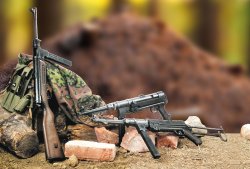
In principle similar, but with much more elaborate preparatory work, is the delivery of prohibited weapons. There are also customers for these – such as cane swords, poacher's guns or fully-automatic guns from the Second World War era. Sometimes they come from abroad, sometimes they are museums, but private collectors also sometimes have such items in their collections. As a result, fully functional MP 40 SMGs, MP 44 assault rifles or FG 42 paratrooper rifles are also included in the auction catalogue. Rarely with a certain regularity. They are often the real gems in the auction business and delight the collectors who are allowed to acquire such firearms. In any case, check your own country laws first!
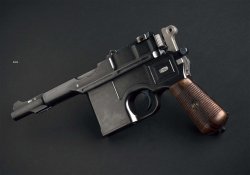
The gun, the holster and the reference book, which has been out of print for years, must then somehow find their way to Hermann Historica. Ideally, you can come in person, talk to the experts about the items to be consigned, find out a lot about circumstances that increase or decrease the value, get an idea of starting prices and market opportunities, or even discuss the reorganisation or liquidation of the entire collection. Selling and buying at the same time in an auction need not be a contradiction in terms. For arms dealers, this is often a matter of course. You consign what you can't sell well in your own shop because you don't have the right customers and buy what one or other customer wants. But collectors have also long since discovered this option for themselves. This is because the focus of a collection can change over the years – even without losing sight of the aim of the collection. While collectors of Mauser pistols may have previously focused on the variants of the world-famous C 96, their interest may shift over time to the smaller 6.35mm and 7.65mm models. Changes in firearms legislation also sometimes lead to different or new collection themes emerging.
Legal framework for the consignment and sale of collector's firearms at Hermann Historica

Another way of getting the item to Grasbrunn: by post – only if and when this is allowed by your country's laws and in accordance with the procedures laid down by them, of course. Or, but actually only an option when entire collections are consigned, the exhibits can be collected by the experts directly on site. A receipt is then issued, which is particularly important for the consignor of firearms requiring a licence. This is because it enables them to prove the whereabouts of the gun to the authorities. This is particularly important for heirs who have been given a deadline by their firearms authority to transfer the guns to an authorised person or to apply for a gun ownership license. Of course, the consignor will also receive an explanation of the further procedure and, of course, the costs of realisation by the auction house will be explained again. The auction house retains 20% of the hammer price for its services. In the auction world, this deduction is called the buyer's premium. The economic risk of the entire acceptance process, including the subsequent catalogue production process, is borne by Hermann Historica. If the item remains in the auction without a bid, this costs the consignor nothing. However, this is one of the reasons why the auction house is interested in ensuring that the items are included in the catalogue at realistic starting prices. The sky-high prices occasionally seen on other marketplaces are not to be expected here. "We have nothing to gain from it, because nobody will bid on it if items are overpriced." The occasional request from customers to "why don't we give it a try?" is therefore regularly ignored. Even enormous hammer prices do not automatically lead to a sharp increase in the starting prices in the next auction. "High hammer prices are sometimes simply due to the special nature of this one piece," explains an employee of Hermann Historica, who continues: "This does not automatically result in an increase in value for similar pieces." Nevertheless, experts also follow trends in hammer prices, observe the results of other auction houses and market platforms and react to changing market conditions. Ultimately, the price is determined by the auction house's customers anyway.
How do rare collector's firearms get into the Hermann Historica auction catalogue?
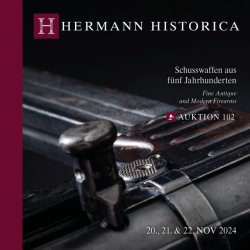
So that they get a taste for it, the item is now described for the catalogue. It is important to describe the pistol, revolver or rifle as precisely as possible. The manufacturer, model and caliber are practically only the basic information. Serial number, acceptance stamps and condition are a valuable addition. Further – verifiable – information about the number of pieces manufactured, the branch of service or known previous owners can increase the value enormously. The description also determines whether a translation is to be included in the catalogue for the item described, how many images are to be produced for the catalogue and which detailed photographs are to be taken, if any. Photographing guns is a very special challenge. "The picture should depict the firearm as accurately as possible," explains an employee in the photography department. That sounds like a matter of course, but it's not. Whether scratches or flaws are visible is often a question of light. You could play tricks here – in both directions. The customer should not be disappointed later. That's why the requirement is clearly defined: the piece should be presented with pinpoint accuracy. In case of doubt, minimally worse than it actually is.
Once the pictures have been taken, an activity follows that the customer may not even be aware of, but which is nevertheless of great importance: the sorting work. The "Fine Antique and Modern Firearms" catalog has a clear structure. Historical or modern. Rifle/shotgun or handgun. Service weapons from the USA or the German Empire. All this determines the place in the catalog. Since the affiliation of a gun to the approved collecting theme must be proven by the purchaser in case of doubt, the catalogue helps as proof. Would you like an example? In the 1970s and 1980s, the Bavarian police used the Walther TPH pocket pistol for very special purposes. There are even pistols whose ownership stamp was concealed under the slide. The catalogue thus not only helps to present the pistol for sale, but also to underpin the legal basis for its acquisition as a "weapon in use by the Bavarian police".
Finally, the run-up to the auction begins. A printed flyer with special items from the next auction reaches customers. The pre-announcement can be viewed on the website in digital form for all interested parties. This is followed by the option to order the printed catalogue and finally the catalogues can be viewed online – as a flipping book or in the classic form. Everyone can decide for themselves what they prefer. By the way: one does not have to exclude the other. Online you can enlarge the pictures, look at the smallest details, enjoy the stamps or marvel at signs of wear. Printed descriptions can be placed on a bookshelf and passed on at some point together with the purchased item – like a small appraisal. And for the consignor, the catalogue is a memento of his/her interesting piece and an encounter with an extraordinary marketplace – for pistols, revolvers, rifles and sometimes even for a submachine gun.
The next "Fine Antique and Modern Firearms" auction at Hermann Historica will take place from 20 to 22 November, 2024
On Wednesday, 20 November, everything at Hermann Historica will revolve around antique firearms from 15:00. Thursday, 21 November, from 10:00 a.m., will be all about civilian firearms and on Friday, 22 November, also from 10:00 a.m., the third part will be devoted to service weapons. A total of 2,056 firearms will go under the hammer on those days. Further information can be found on the auction page. And of course there will also be a detailed preview with the highlights here on all4shooters.com shortly.
You can find more information on the current firearm auctions on the Hermann Historica website.



